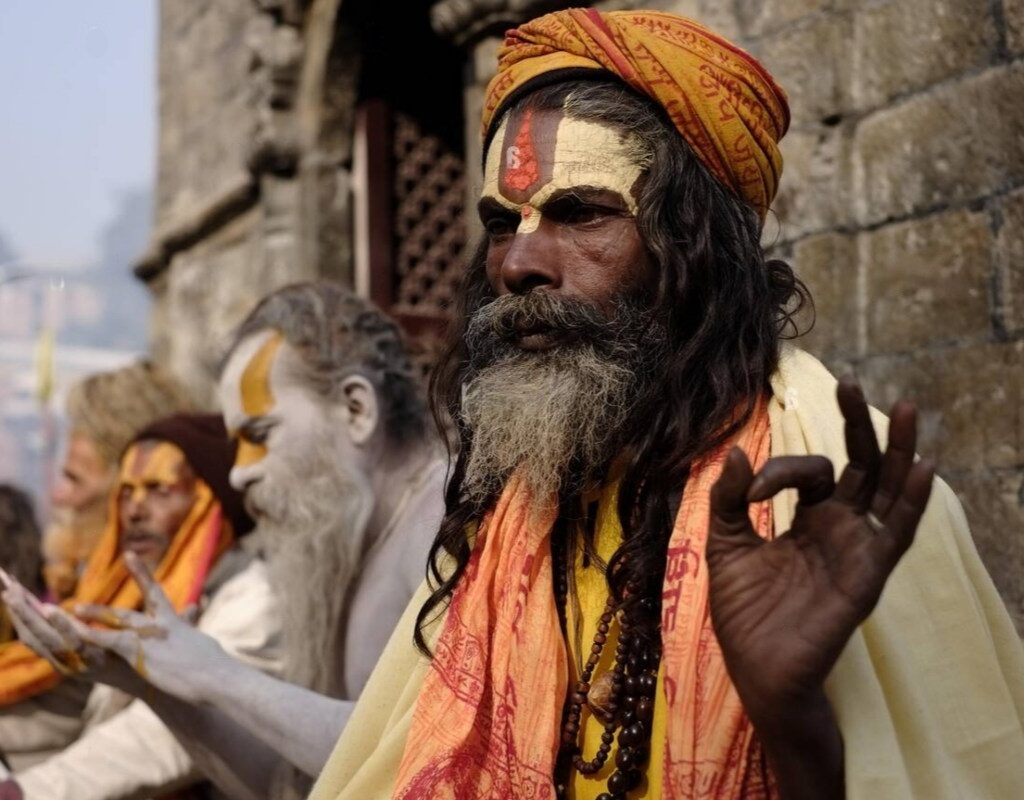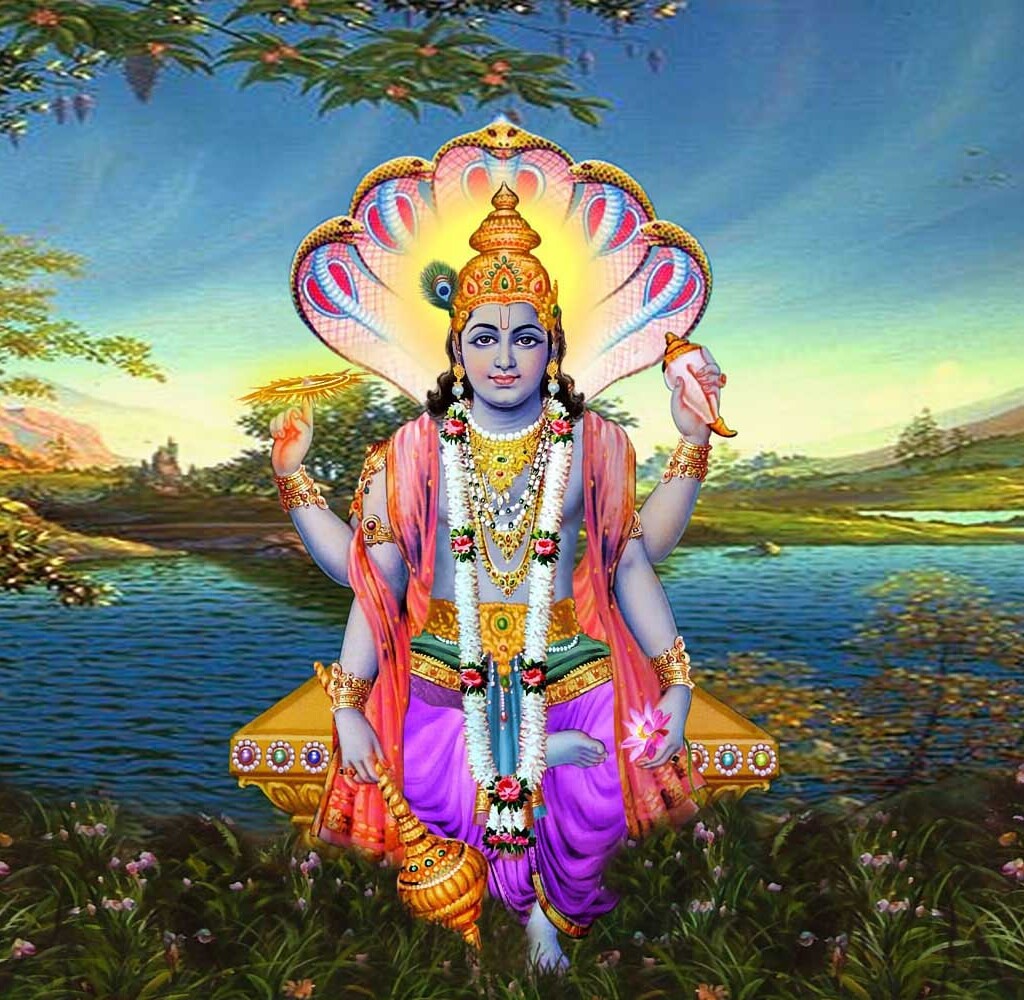In mystical India, the cradle of countless traditions and rituals, there is a group of ascetics that follow a certainly unusual path: the Aghori Sadhus. This ancient cult, mainly based in the sacred city of Varanasi lives in a way that can be perceived as provocative and challenging.
Unveiling the Mystique of the Aghori Sadhus: Beyond Rituals
These sadhus do not seek the comfort of the material world but rather liberation (moksha) from the cycle of reincarnation. Their way of life and practices may seem chilling to some but for them, every act has a profound spiritual and symbolic meaning.
The Aghori Sadhus worship Shiva, whom they consider omnipresent, omniscient and omnipotent.
The path they have chosen to achieve moksha is the renouncement of the eight bonds that, according to their belief, distance us from the divine: anger, greed, obsession, hate, shame, sensual pleasure, ego and identity.
With a dreaded and at the same time fascinating appearance, they wear little more than thin jute cloth and sometimes, they present themselves naked, believing that nudity eliminates shame one of the ties mentioned.
They wear ashes from cremated human bodies to cover their bodies and wear necklaces of human skulls and bones as jewelry, symbols of their path to liberation.
The Search for Moksha: The Mystical World of the Aghori Sadhus
It is common to see Aghori Sadhus smoking marijuana which they consider to help them concentrate on their yogic practices and mantras. According to them, the effects of this plant help them to deepen their spiritual experience.
In addition to their customs and appearance, the Aghori Sadhus have gained notoriety for their alleged healing abilities.
They claim to have the capacity to absorb diseases and eliminate them through black magic, including diseases such as AIDS and cancer. However, it should be noted that these statements have no scientific basis.
From Decline to Divinity: The Transgression of Boundaries in the Aghori Tradition
For the Aghori, everything in the universe has an inherent beauty. When it’s time to eat, their diet may include rotting foods or even excrement which they consume from human skulls used as bowls.
As repulsive as this may seem to many, the Aghori see in these acts a form of acceptance of the reality of old age, illness and death.
The Aghori live in cemeteries and it is not uncommon for them to use the ashes of cremated bodies as a place of rest. They often meditate on corpses, seeing them as a mirror of their own bodies.
Important note
It is essential to underline that the most extreme and disturbing acts attributed to the Aghori such as cannibalism and necrophilia, are not generally accepted or practiced by all members of this tradition.
Many consider these acts as myths or exaggerations. Therefore, care must be taken when dealing with these issues, so as not to fall into stigmatization or the perpetuation of harmful stereotypes.
Ultimately, the way of life of the Aghori Sadhus invites us to reflect on our own relationship with the material world and spirituality, as well as to recognize the diversity of ways in which different cultures seek to connect with the divine.
Explore the Abode of Aghori Babas in Varanasi | India’s Most Extreme Experience
Embark on an extraordinary journey as you step into the realm of the Aghori Babas in Varanasi. Discover the depths of their unconventional lifestyle, rituals, and beliefs in this captivating exploration. Brace yourself for India’s most extreme encounter and immerse yourself in the mystique of the Aghoris.




